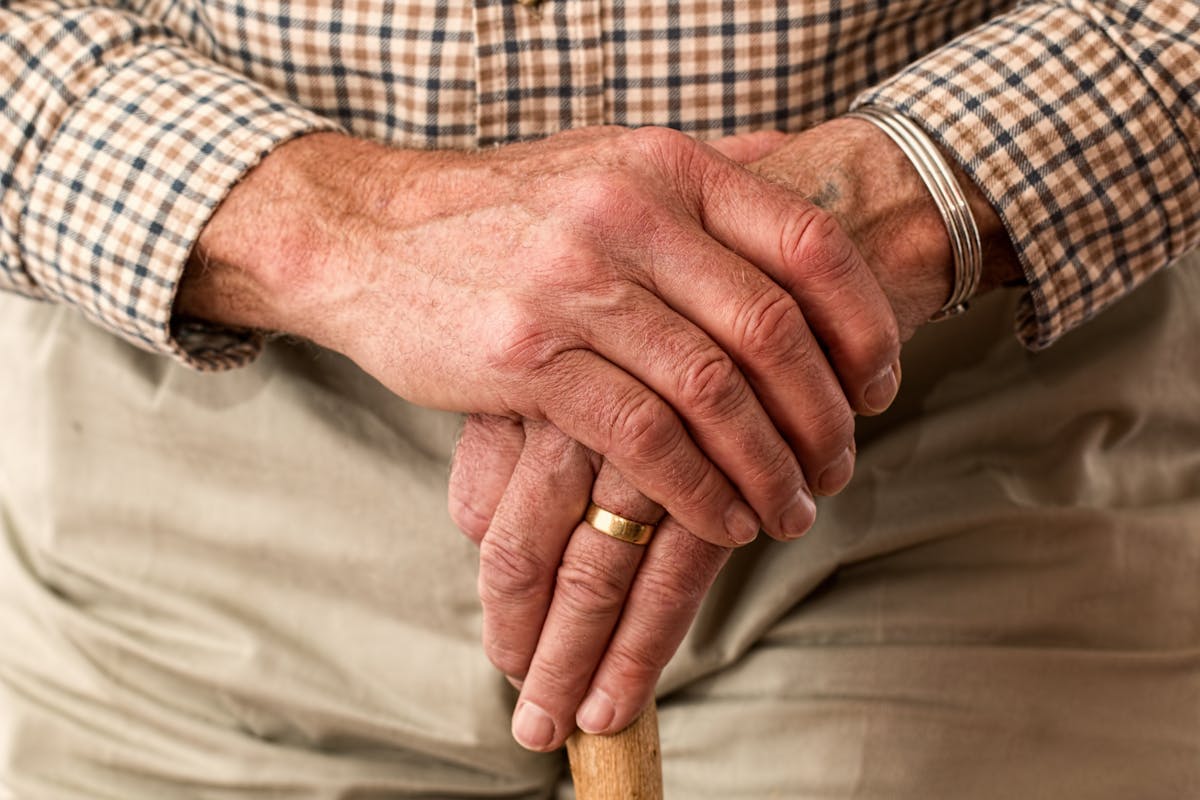Chronic pain is a prevalent issue among the elderly, affecting their quality of life and overall well-being. While traditional pain management often relies on medications, many seniors are seeking alternative therapies that are less invasive and carry fewer side effects. This blog post will explore three effective alternative pain relief methods for seniors: Acupuncture, Massage Therapy, and Aromatherapy. Each method is backed by recent research findings, highlighting their benefits and effectiveness.
1. Acupuncture
Acupuncture is an ancient Chinese practice that involves inserting thin needles into specific points on the body to stimulate the nervous system and promote healing. It is particularly effective for managing various types of pain, including chronic low back pain, arthritis, and migraines.
Latest Research Findings: Recent studies have demonstrated that acupuncture can significantly reduce chronic low back pain (cLBP) in older adults. For instance, the BackInAction study, which included over 800 participants aged 65 and older, found that acupuncture not only alleviated pain but also improved overall functioning and quality of life. Participants receiving acupuncture reported better outcomes compared to those receiving usual medical care alone.
Benefits:
- Non-invasive with a low risk of side effects
- Can be combined with other treatments for enhanced effects
- Promotes natural endorphin release, aiding in pain relief
2. Massage Therapy
Massage therapy involves manipulating soft tissues to relieve tension and promote relaxation. Techniques such as Swedish massage and trigger point therapy are particularly beneficial for seniors suffering from muscle stiffness and chronic pain.
Latest Research Findings: A study published by the American Massage Therapy Association highlighted that both classical and connective tissue massages significantly reduced pain intensity and improved quality of life among participants with chronic back pain. The effects were notable after just a few sessions, indicating that regular massage therapy can be a powerful tool for managing pain in older adults.
Benefits:
- Enhances circulation and reduces muscle tension
- Improves sleep quality and emotional well-being
- Can alleviate anxiety associated with chronic pain
3. Aromatherapy
Aromatherapy utilizes essential oils from plants to promote healing and well-being. Commonly used oils include lavender for relaxation and peppermint for headaches or muscle pain.
Latest Research Findings: A study examining the effects of mindfulness therapy combined with aromatherapy massage on older women with chronic pain found significant reductions in pain perception, improved sleep quality, and enhanced overall quality of life. The combination of these therapies proved to be particularly effective in managing chronic conditions.
Benefits:
- Easy to incorporate into daily routines (e.g., diffusing oils at home)
- Provides both psychological and physical relief
- Can be tailored to individual preferences for scents and applications
Conclusion
As the elderly population continues to grow, finding effective and safe alternatives for pain management becomes increasingly important. Acupuncture, massage therapy, and aromatherapy offer promising options that not only relieve physical discomfort but also enhance emotional well-being. Seniors should consider discussing these alternative therapies with their healthcare providers to create a comprehensive pain management plan tailored to their needs.
References
- A.G. Rhodes. “Gentle Alternative Therapies for Senior Pain Relief.”
- Home Care Assistance Edmonton. “Natural Ways for Seniors to Alleviate Chronic Pain.”
- PMC. “Acupuncture for Chronic Low Back Pain in Older Adults.”
- American Massage Therapy Association (AMTA). “The Latest Research Indicates Massage Therapy has Benefits from Birth to End-of-Life.”
- Iranian Journal of Ageing. “Effect of Mindfulness Therapy and Aromatherapy Massage on Pain Perception.”
- AARP. “Pain Management: 5 Alternative Therapies for Relief.”
- Presbyterian Senior Living Blog. “11 Alternative Treatments for Chronic Pain in Seniors.”



